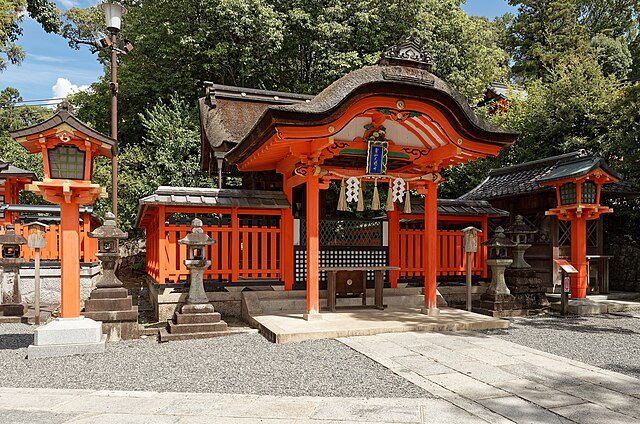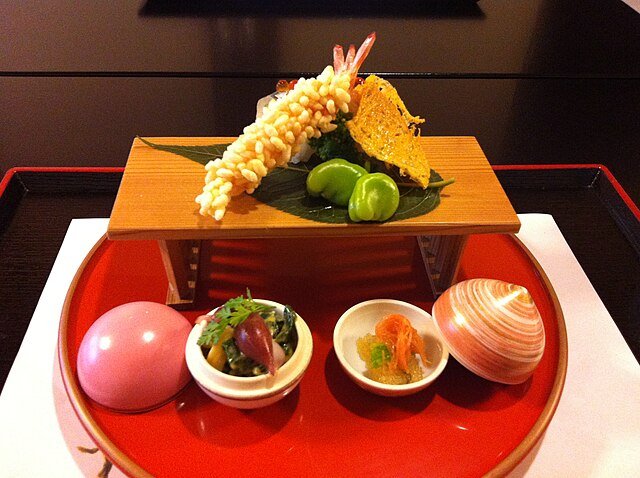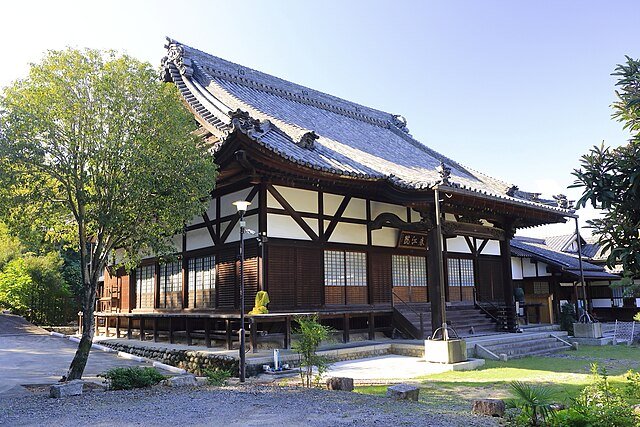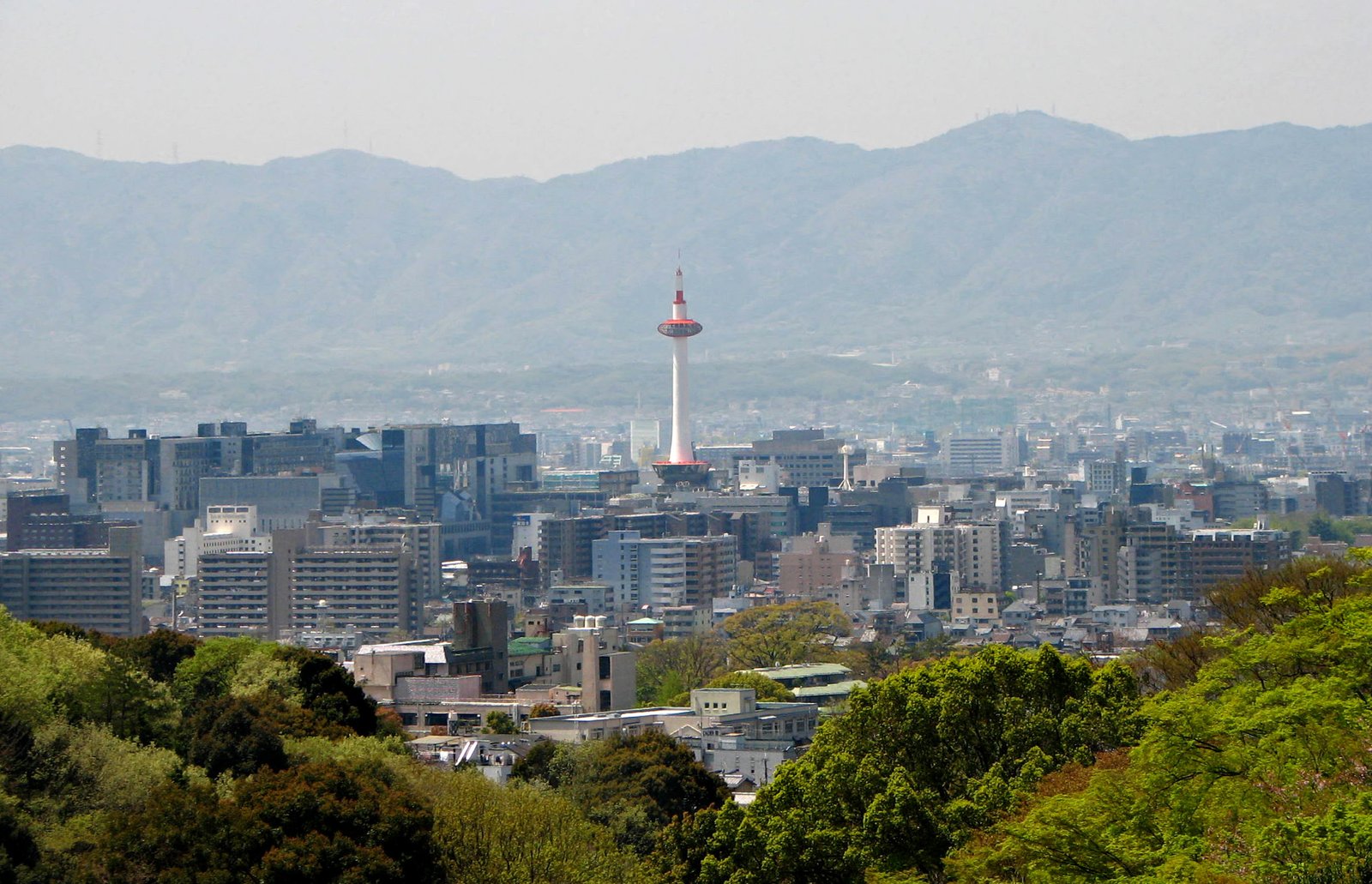Did you know that Kyoto was almost chosen as the target for the atomic bomb instead of Nagasaki? Secretary of War Henry Stimson reportedly removed it from the list because he had honeymooned there and understood its irreplaceable cultural value. Today, that decision preserved what many consider Japan’s most beautiful city—a living museum where ancient traditions thrive alongside modern life.
After spending three weeks exploring every corner of this former imperial capital, I can tell you that Kyoto isn’t just worth the hype—it’s the kind of place that fundamentally changes how you see Japan. Whether you’re drawn by the promise of 2,000+ temples, the mystery of geisha culture, or simply the chance to walk through 1,000-year-old bamboo groves, Kyoto delivers experiences you’ll carry with you forever.
Why Kyoto Captivates Every Type of Traveler
The Numbers That Tell the Story
Kyoto’s statistics are staggering: 1,600 Buddhist temples, 400 Shinto shrines, and 17 UNESCO World Heritage sites packed into a city of just 1.5 million people. But these numbers only hint at the real magic—the way morning mist rises from temple courtyards, how the sound of wooden sandals echoes through stone-paved streets, and the profound silence you’ll find in thousand-year-old meditation halls.
When Ancient Meets Modern
Unlike Tokyo’s relentless modernization, Kyoto has preserved its soul. Traditional wooden machiya townhouses stand next to contemporary art galleries. Buddhist monks text on smartphones while maintaining centuries-old rituals. This isn’t a theme park version of old Japan—it’s the real thing, evolved but unbroken.

The Temple Trail: Beyond Tourist Traps
Fushimi Inari Shrine: Conquering the 10,000 Gates
Best Time to Visit: 6:00 AM (opens 24/7, but early morning offers solitude) Cost: Free Time Needed: 2-4 hours for full mountain hike
Everyone knows about Fushimi Inari’s Instagram-famous red torii tunnel, but here’s what the photos don’t show: the 10,000 gates extend up an entire mountain. Most tourists turn back after the first few hundred gates, missing the real magic.
I started my climb at dawn, flashlight in hand. By 6:30 AM, I had the entire mountainside to myself. The silence between the gates was profound—just the whisper of wind through bamboo and the distant toll of temple bells. At the summit shrine, I watched the sun rise over Kyoto’s sprawling valleys, understanding why this mountain has been sacred for over 1,300 years.
Insider Tip: Pack water and wear good shoes. The mountain trail includes steep stone steps and can take 2-3 hours to complete. The descent offers different routes with spectacular city views.
Kinkaku-ji: Golden Pavilion Glory and Crowd Management
Opening Hours: 8:00 AM – 5:00 PM Admission: ¥500 adults Best Photo Time: 8:00-9:00 AM for golden morning light
Kinkaku-ji’s gold-leafed facade reflecting in the mirror pond is Kyoto’s most photographed sight—and its most crowded. The trick isn’t avoiding crowds (impossible), but timing your visit for the best light and understanding the pavilion’s deeper story.
Built in 1397 as a retirement villa, burned down by an obsessed monk in 1950, and rebuilt identically in 1955, Kinkaku-ji embodies Japan’s approach to preservation—not through age, but through continuous renewal. The current structure is technically younger than most visitors, yet carries the weight of six centuries of devotion.
Photography Strategy: The designated viewing areas force crowds into narrow spaces. Arrive at opening time, head straight to the far viewing platform, and use a longer lens to isolate the pavilion from crowds.
Gion District: Geisha Culture Beyond the Stereotypes
Peak Activity: 5:00-7:00 PM (evening appointments) Respect Guidelines: No touching, no blocking paths, no flash photography
Walking through Gion at dusk feels like time travel. The narrow streets, traditional ochaya tea houses, and wooden facades create an atmosphere unchanged for centuries. But this isn’t a museum—it’s a working neighborhood where real geiko (Kyoto’s term for geisha) and maiko (apprentices) live, work, and preserve arts dating back 400 years.
I was lucky enough to spot a maiko hurrying to an evening appointment, her elaborate kimono rustling against the stone path. What struck me wasn’t her beauty—though she was stunning—but her obvious focus and professionalism. This wasn’t performance; it was mastery of traditional arts that take decades to perfect.
Cultural Etiquette: Geiko and maiko are working professionals, not tourist attractions. Observe respectfully from a distance, don’t impede their movement, and remember that photography should never interfere with their duties.
Hidden Gems: Kyoto’s Secret Spaces
Bamboo Grove Alternative: Tenryu-ji Temple’s Private Forest
While everyone flocks to Arashiyama’s famous bamboo grove (beautiful but crowded), Tenryu-ji Temple offers an equally stunning bamboo experience with a fraction of the crowds. The temple’s rear garden features towering bamboo groves, traditional landscaping, and peaceful walking paths.
Cost: ¥500 temple grounds, ¥300 additional for main hall Bonus: Climb to the temple’s upper gardens for panoramic views of Kyoto
Philosopher’s Path Off-Season Magic
This 2-kilometer stone path connecting Ginkaku-ji to Nanzen-ji is famous for spring cherry blossoms, but I discovered its greatest beauty in autumn. October maple leaves create a crimson canopy, while the canal reflects golden light. Small temples, traditional shops, and local cafes line the route.
Hidden Stop: Hone-in sub-temple at Nanzen-ji offers private meditation sessions by appointment (¥1,000, email required).
Practical Planning: Making the Most of Your Kyoto Days
Transportation Strategy
Best Purchase: Kyoto City Bus Day Pass (¥600)
- Covers most major attractions
- Buses run frequently 6 AM – 11 PM
- Avoid taxis (expensive and slow in traffic)
Walking Districts: Gion, Pontocho, and Eastern Higashiyama are best explored on foot. Comfortable shoes are essential—you’ll walk on everything from smooth temple floors to rough stone paths.
Seasonal Considerations
Spring (March-May): Cherry blossom season brings massive crowds but unforgettable beauty. Book accommodations 6+ months ahead.
Summer (June-August): Hot and humid, but fewer crowds at major sites. Early morning temple visits are essential.
Autumn (September-November): Peak season for fall colors. October-November offers perfect weather but requires advance planning.
Winter (December-February): Cold but magical, especially with snow. Lowest prices and smallest crowds.

Food Culture: Beyond Tourist Restaurants
Kaiseki: The Art of Japanese Fine Dining
Kyoto birthed kaiseki cuisine—the elaborate, seasonal tasting menus that represent Japanese culinary philosophy. A proper kaiseki meal isn’t just dinner; it’s edible poetry reflecting the current season through ingredients, presentation, and serving vessels.
Splurge Option: Kikunoi (3 Michelin stars, ¥30,000+ per person) Mid-Range: Ganko Sushi (multiple locations, kaiseki sets from ¥5,000) Budget Alternative: Department store restaurant floors offer simplified kaiseki sets for ¥2,000-3,000
Street Food Districts
Nishiki Market: Kyoto’s 400-year-old “kitchen” offers everything from fresh yuba (tofu skin) to matcha soft-serve. Go hungry and graze your way through 126 shops.
Pontocho Alley: Narrow alley packed with tiny restaurants, many offering outdoor riverside dining in summer. Reservations essential for dinner.
Cultural Immersion: Participating, Not Just Observing
Tea Ceremony Experience
Learning proper tea ceremony etiquette opened my understanding of Japanese aesthetics—the appreciation of imperfection, the importance of seasonal awareness, and the meditative quality of simple, repeated actions.
Recommended: Urasenke Foundation offers authentic ceremonies (¥2,000, reservations required) Casual Option: Many temples offer brief tea experiences for ¥500-1,000
Meditation Sessions
Several temples welcome foreign visitors for morning meditation. Sitting in silence as dawn light filtered through 500-year-old wooden halls taught me more about Japanese spirituality than any guidebook could.
Beginner-Friendly: Shunko-in Temple offers English-language meditation sessions (¥3,000, includes explanation)

Your Kyoto Action Plan
Kyoto rewards planning but punishes over-scheduling. The city’s magic emerges in quiet moments—sunrise at a mountaintop shrine, evening shadows in temple courtyards, the rustle of silk as a geiko disappears around a corner.
Essential First-Timer Itinerary:
- Day 1: Fushimi Inari (early morning) + Eastern Higashiyama temples
- Day 2: Golden Pavilion + Bamboo Grove + Tenryu-ji
- Day 3: Gion district + traditional experiences + Nishiki Market
Ready to Experience Kyoto’s Magic?
Start planning your Kyoto adventure by checking current temple hours and seasonal events. Book accommodations early, especially for spring and autumn visits. Most importantly, build flexibility into your schedule—Kyoto’s greatest treasures often reveal themselves when you’re not looking for them.

